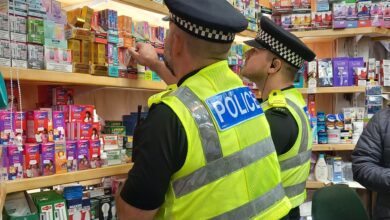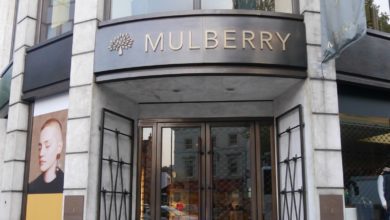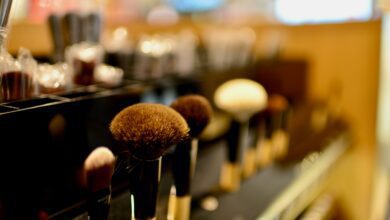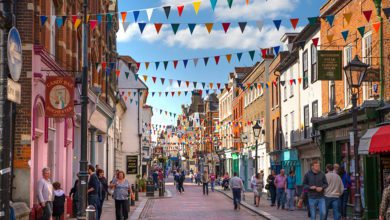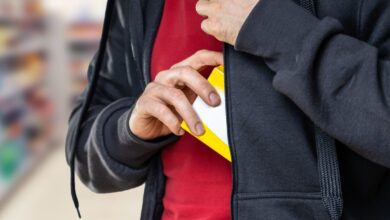Is Back to School behind ShoeZones’ newly-found popularity?
ShoeZone’s presence in popular high streets and shopping centres has been on the decline for some time, but given that the brand is doing financially better than expected, could that mean that they are now at the forefront of consumer’s minds?
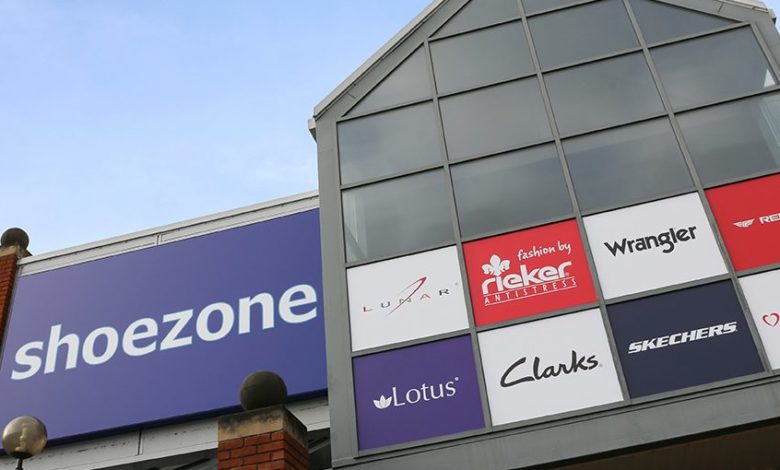
Register to get 1 free article
Reveal the article below by registering for our email newsletter.
Want unlimited access? View Plans
Already have an account? Sign in
ShoeZone has recently come out with the news that its revenue increased by 31.2% to £156.2m from £119.1m last year, spelling a return to profitability that may indicate how much consumer spending habits have swung towards savvy penny-pinching in ‘Back to School’ season.
A survey by Toluna from 5 September on ‘Back to School’ spending habits in the UK revealed that over a quarter of its respondents (26%) had already made the decision to switch to lower-priced brands – perhaps indicating that where certain families used to get school footwear from Clarks, they now use ShoeZone – while 22% of respondent said they will switch to cheaper retailers altogether.
In addition, ShoeZone’s adjusted profit before tax is expected to be no less than £11m for the year, which is an increase from a total of £9.5m in the previous year.
The retailer’s results were likely due to a sharp increase in store sales, brought on by the ‘back to school’ shopping season, as on 31 August it was reported that the brand’s shares leapt 10% ahead of a profit prediction of £10.5m during the current school year.
This turned out to be somewhat true as ShoeZone’s sales did go up to £129.8m from £88.5m in the previous year. Though its digital sales were said to be slightly down from £30.6m to £26.4m, they were able to trade for the full 52 weeks in physical stores, as opposed to only 36 weeks in FY21 due to Covid closures.
ShoeZone’s return to profitability came as a surprise, as even after the barrage of Brexit, Covid, and the energy crisis, the business had previously struggled in the early 2010s when it had to conduct a property review due to an outstanding rental obligation of £7m on a quarter of its then-500 stores. That decision was between downsizing or placing Tyler, a subsidiary of ShoeZone, into administration.
In more recent history, the brand had to permanently close 20 of its stores during the first lockdown, while later in May 2021, it closed an additional 38 stores and its Irish website.
However, even before Covid hit, ShoeZone’s presence in popular high streets and shopping centres has been on the decline for some time, but given that the brand is doing financially better than expected, could that mean that they are now at the forefront of consumer’s minds?
In addition, this could also be chalked up to the very real threat of the cost-of-living crisis, as a recent study from Grant Thornton and Retail Economics showed that 90% of consumers are looking to minimise non-essential spending, which is also expected to wipe out £24.9bn in discretionary spending across the economy during this financial year.
Though school footwear doesn’t fall under the non-essential category, penny pinching even with essentials has been shown to already be in effect, as a survey conducted by the Office for National Statistics (ONS) reported that 66% of people are actively spending less on essentials.
In the coming months, and certainly in the new year, we might see ShoeZone open up the stores they previously closed as demand increases.



